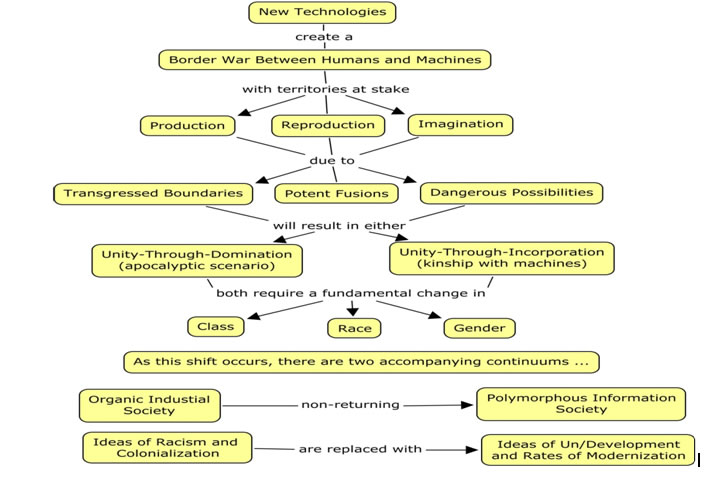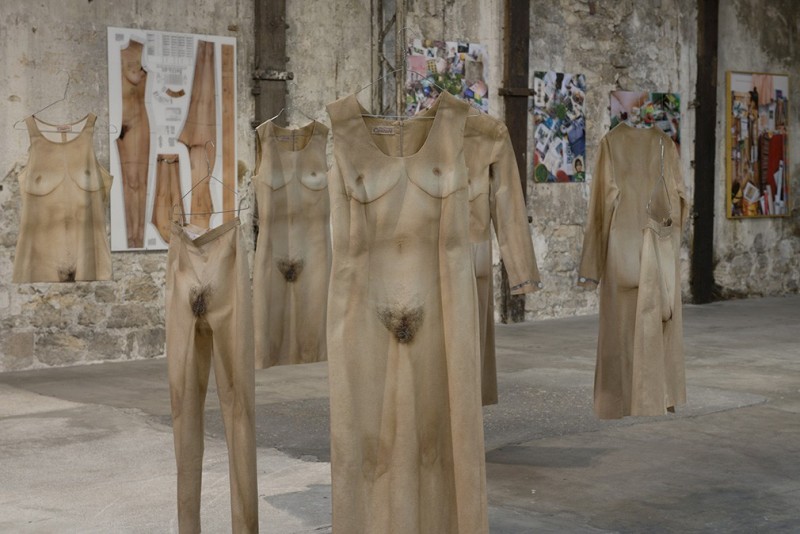Figure 1. Sitting/Swaying: Event for Rock Suspension. Tamara Gallery, Tokyo, 11 May 1980.
Australian performance artist Stelarc presents a visually stunning array of work focused on the body, technology, embodiment and amplification using varies strategies (see Fig. 1). His contemporary practice challenges social norms which offer extreme perspectives on self mutilation or “voluntary amputation [that] deploy[s] the body as a site of critical inscription” (CMS, pg. 20). His work is an example of what authors Mitchell and Hansen describe as contemporary technoscience where the body is altered through medical devices, robotic devices, interfaces, Virtual Reality, “implants, prostheses and other exteriorizations of the body” (CMS, pg. 21).
Stelarc’s work draws on Donna Haraway’s notions of “vibrant human actors” in her Cyborg Manifesto (Haraway, 1991). In her text she argues for the cyborg as both a product of social reality and fictionalized narratives.

Theresa M. Sent, Reading Notes. Donna Haraway, Cyborg Manifesto.
Complimenting Stelarc’s Sitting/Swaying: Event for Rock Formation, Haraway describes the cyborg as possessing agency, political relations – with a capacity to defy consciousness, time and space. Her ideas resonate with where we as a western culture find ourselves today: are we cyborgs, hybrids, mosaics, or chimeras?

Figure 2. Alba d’Urbano, Hautnah, 1995. Installation.
Artist Alba d’Urbano’s installation Hautnah, presents another compelling reflection on the skin, feminism, technology and a critical look of an artwork (see Fig. 2). The piece could perhaps be the skin of a cyborg. Mitchell and Hansen describe the skin as being porous, fluid and offering a site for media encounters (CMS, pg. 33). Stellar further suggests that “invading technology eliminates the skin as a significant site…SKIN IS NO LONGER THE SMOOTH SENSUOUS SURFACE OF A SITE OR A SCREEN. Skin no longer signifies closure” (High Fidelity Illusion, Website).
Works Cited
Haraway, Donna. A cyborg manifesto: Science, technology, and socialist-feminism in the late 20th century. Springer Netherlands, 2006.
Mitchell, WJ Thomas, and Mark BN Hansen, eds. Critical terms for media studies. University of Chicago Press, 2010.
Shanken, Edward A. “Art and electronic media.” (2009).

Add yours Comments – 1
Artist/Designer and body Architect Lucy McRae’s work reminds me of Stelarc.
In her talk: How can technology transform the human body, she discusses how the imagination can merge with biology and technology with our own bodies.